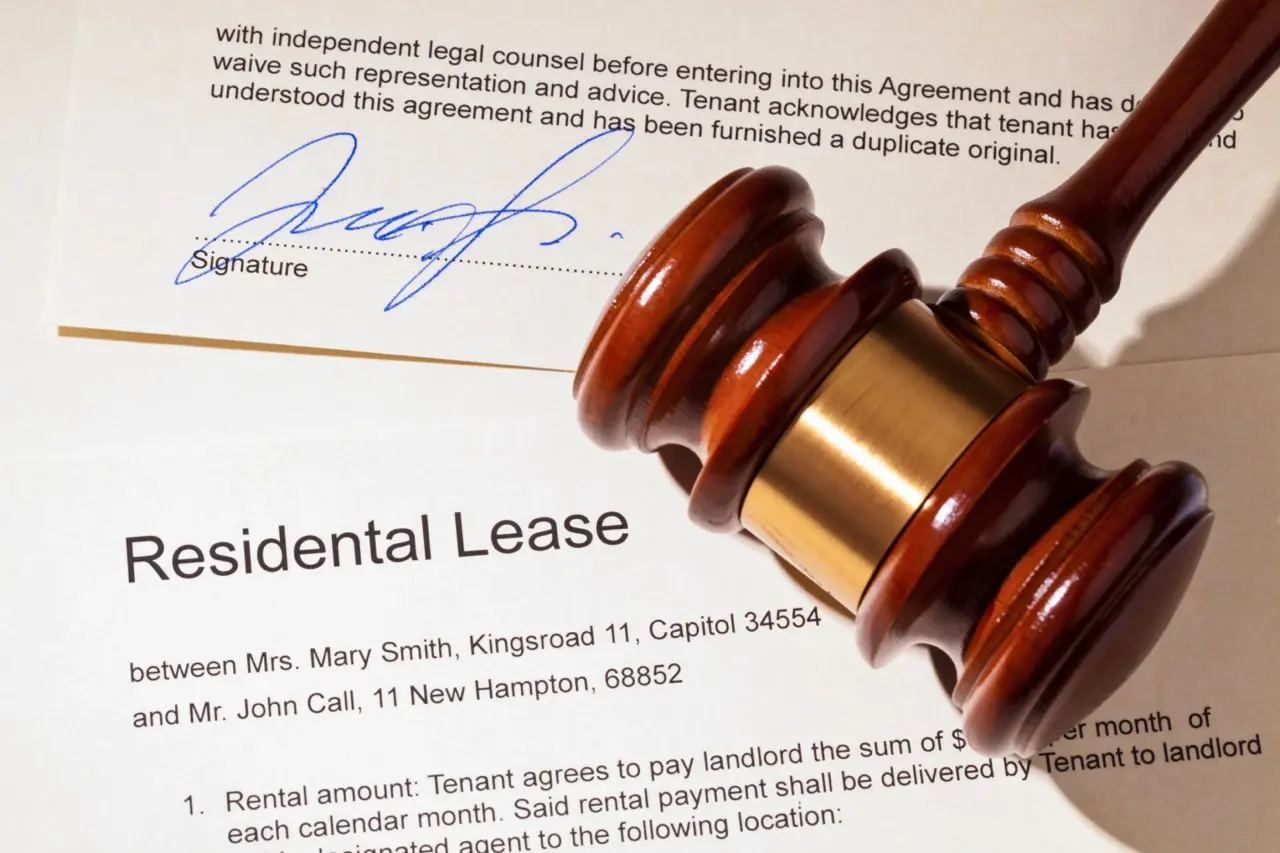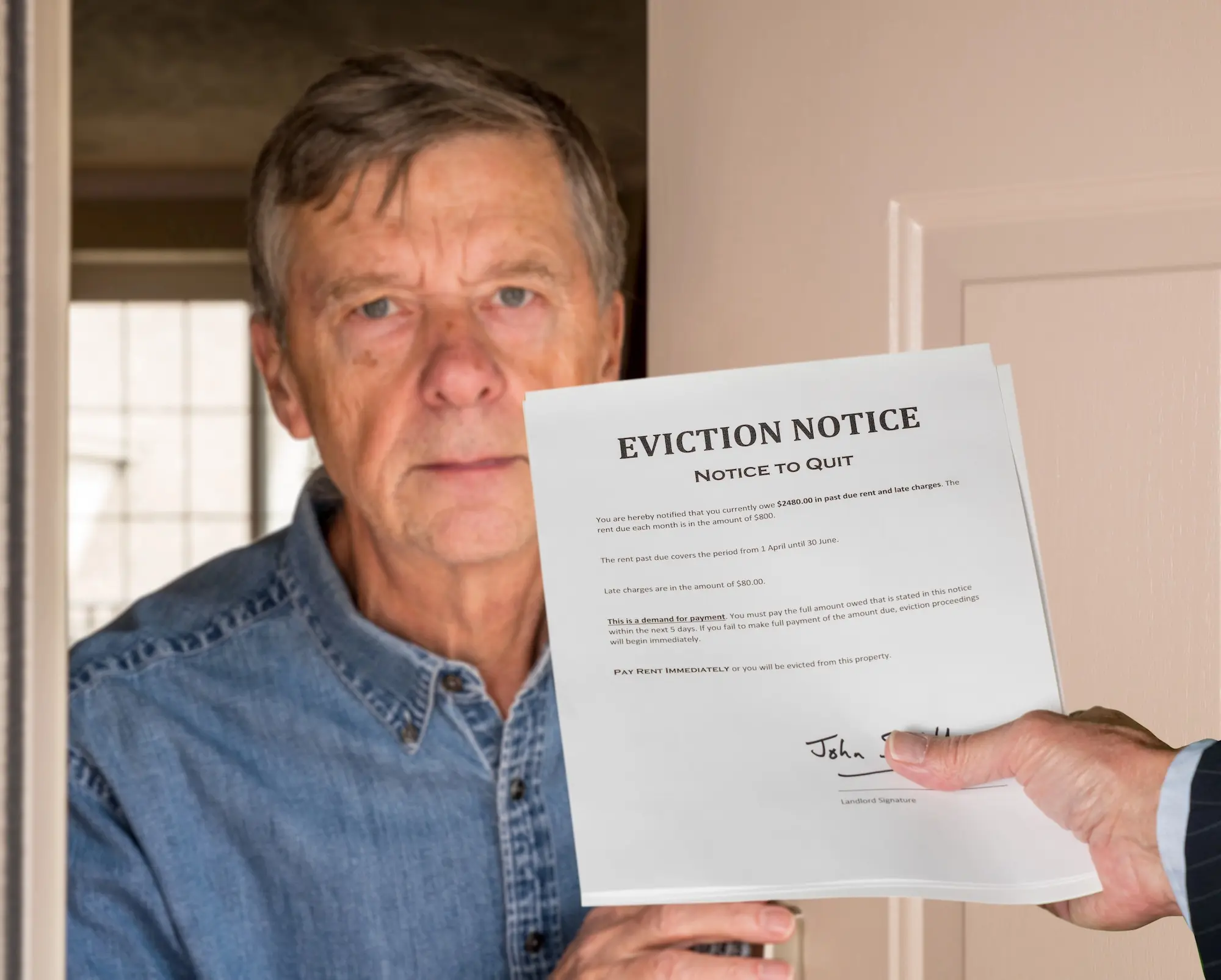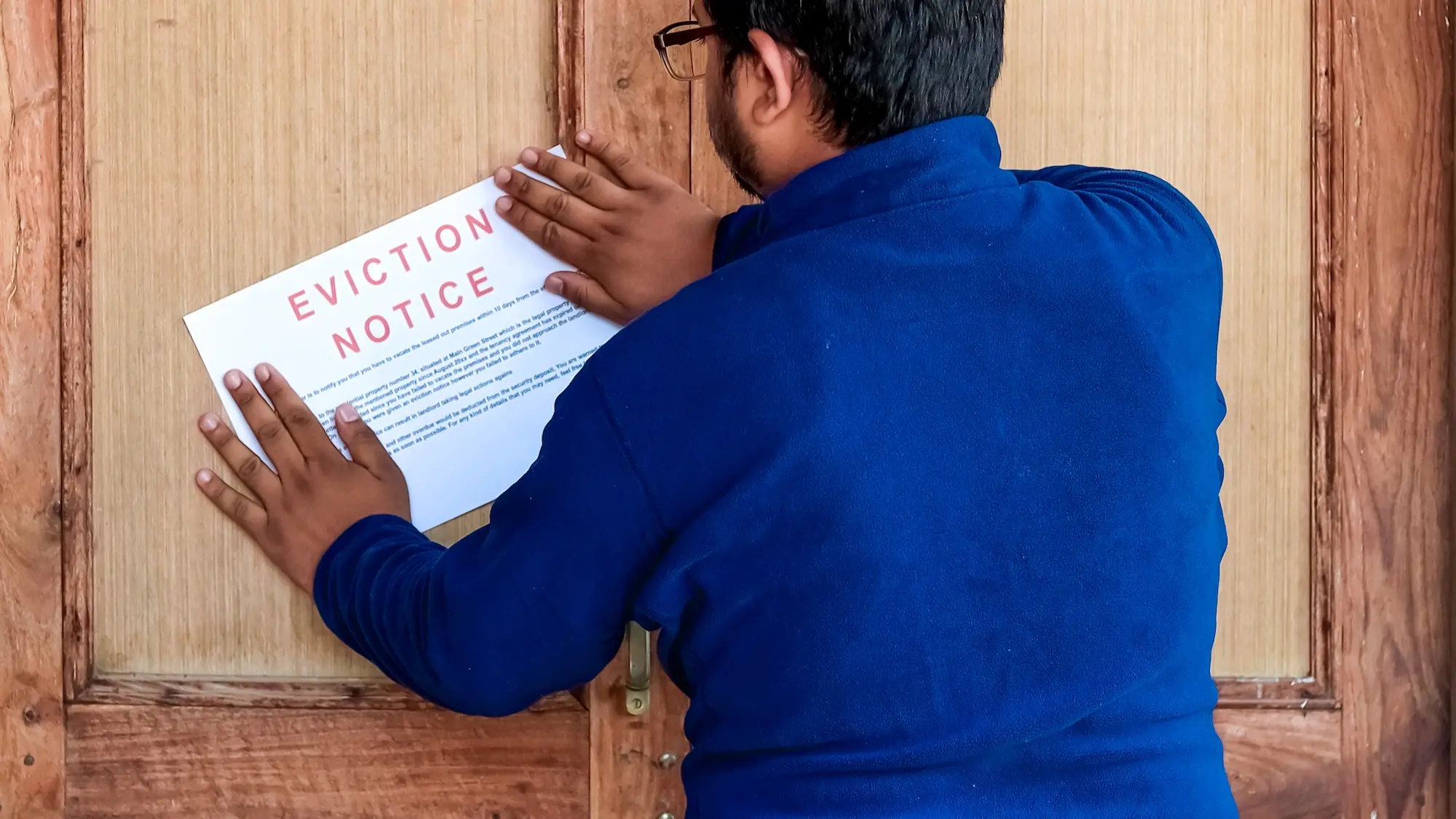A vague lease agreement is a lawsuit waiting to happen. One missing disclosure or loophole, and a bad tenant can break it without consequence, leaving you stuck with cleanup, unpaid rent, or a tossed eviction case.
You don't need to be a lawyer to get this right. If your lease covers the critical terms, follows the law, and puts everything in writing, it can shield you from future headaches. Here's how to do it.
Key Takeaways
- Use a lawyer-reviewed, state-specific lease instead of a generic template.
- Put every essential detail, name, rent, deposit, and rule, in writing to ensure enforceability.
- Comply with state and federal laws, including required disclosures, or risk having your lease challenged.
- Don't finalize a lease without your and your tenant's signatures and copies.
- Review and update your lease regularly to reflect changing laws, lessons learned, and property needs.
Include Essential Terms to Protect Both Parties
Your lease is only as strong as its terms. Include every detail that defines the rental arrangement and each party's obligations. At a minimum, make sure your lease covers:
- Who: Full legal names of all adult tenants (and yourself or your property manager). This ensures every responsible party is bound to the agreement.
- Where & What: The rental property's address and unit description. Identify the exact space (and any included storage or parking) so there's no confusion about what's being rented.
- When: Lease term start and end dates. Note whether it's month-to-month or a fixed term and what happens when it ends (renewal process or move-out requirements).
- How much: Include the rent amount, due date, acceptable payment methods, late fee, grace period, and who pays which utilities. Get it all in writing.
- Deposits and fees: List the security deposit amount and return conditions. Also, list any non-refundable fees (like pet fees or move-in charges) and what they cover.
Being specific now prevents disputes later. If something isn't clearly spelled out, such as who pays utilities, it becomes a gray area that a tenant could exploit.
Pro tip: Skip the legalese. Use precise, everyday wording so a tenant (or judge) can easily understand it.
Comply with State Laws and Required Disclosures
Even a well-detailed lease can fall apart if it violates the law. Every state (and many cities) has landlord-tenant laws that your lease must follow. Before finalizing your lease, double-check that it:
- Includes mandatory disclosures: Federal law requires certain disclosures (for example, lead-based paint warnings for homes built before 1978). Many states have required disclosures (e.g., mold, flood risk, bedbug history). Skipping these can make your lease unenforceable or even get you fined.
- Doesn't waive tenant rights: You cannot override laws that protect tenants. For example, Maryland law forbids leases from waiving tenants' fundamental rights or imposing illegal fees. Any clause that violates a tenant's legal rights will be void, no matter what the tenant signed.
- Follows limits on fees and deposits: Many states cap security deposits or late fees. Know your state's limits and stay within them so you don't accidentally include an unenforceable charge.
Compliance isn't just paperwork. It's what makes your lease enforceable. A clause that seems sensible to you (like a steep late fee or making tenants pay for all repairs) could backfire if it violates local law.
Set Clear Policies for Pets, Entry, and More
Beyond the basics, your lease should address common "what if" scenarios. Outline rules for pets, smoking, landlord access, guests, etc., in writing so there's no ambiguity from day one:
- Pet policy: Will you allow pets? If yes, state any limits (for example, breed or size restrictions) and pet fees or deposits. If no pets are allowed, say so clearly. (Service animals are an exception and cannot be refused.)
- Smoking policy: If you want a smoke-free property, ban smoking in the lease (indoors or entirely). If you permit smoking in certain outdoor areas, make that explicit.
- Landlord entry: Explain when and why you can enter the rental. Most states require advance notice (often 24-48 hours) for non-emergencies. State your notice period and valid reasons (repairs, inspections, emergencies), so tenants know what to expect.
- Maintenance responsibilities: Clearly define who handles various upkeep tasks. You might cover major repairs and seasonal maintenance while tenants handle minor items (like changing lightbulbs) and report problems promptly. This will also let tenants know how to request repairs and what issues are emergencies.
- Guest & subletting rules: Limit how long "guests" can stay without approval to prevent unofficial roommates. Also, clarify if subletting is banned or requires permission so you don't end up with unauthorized tenants.
Writing these policies into the lease prevents most misunderstandings. It's much easier to enforce a written rule than an assumed one.
Pro tip: Address potential trouble spots before they happen. For example, if parking disputes were a previous issue, add a parking clause now.
Use a State-Specific Template or Lawyer Review
Drafting a lease from scratch can be risky if you're not a legal expert. Laws vary by state, and a generic form off the internet might miss crucial provisions or violate local rules. Instead of reinventing the wheel, consider these options for a rock-solid lease:
- Use a reputable template: Start with a state-specific, lawyer-reviewed lease template from a trusted source. Platforms like Avail offer standardized leases you can customize, and many state Realtor associations provide free template agreements that comply with local laws. Using a proven template ensures you're not forgetting a key clause or required disclosure.
- Consult a landlord-tenant attorney: If you have unusual circumstances or want extra assurance, have an experienced lawyer review your lease draft. They can spot problematic language or missing clauses. There's a cost, but catching legal issues before the lease is signed can save you thousands of disputes later.
- Don't copy-paste blindly: If you pull clauses from different sources, double-check that they make sense for your property and jurisdiction. Something legal in one state (or intended for a commercial lease) might not be legal for a residential lease in your state.
The goal is a lease that will withstand scrutiny. Professional templates or legal counsel protect you and show tenants you take the rules seriously. It's a small upfront effort that can prevent future headaches.
Finalize with Signatures and Secure Copies
The best-written lease means nothing if it's not correctly signed. To officially execute the agreement:
- Get all parties to sign: Every adult tenant named on the lease must sign it (and you, the landlord, should sign as well). If someone doesn't sign, they might not be legally bound. If you have a co-signer or guarantor, make sure they sign too.
- Initial any changes: If you and the tenant made handwritten edits to the lease, both of you should initial and date each change. This ensures no one can later claim a modification was made behind their back.
- Distribute copies and required documents: Once signed, give each party a complete copy of the lease for their records. Keep a copy for yourself (with a backup, digital or physical). If local law requires any additional documents at signing, for example, a city info sheet or a lead paint disclosure pamphlet, provide those as well and note that you did so.
With all signatures in place, your lease agreement becomes a legally binding contract. Both you and your tenant are now obligated to its terms, so treat it seriously. Enforce the rules consistently and keep communication open.
Pro tip: Consider a brief "lease orientation" with new tenants right after signing. Walk through key clauses (like maintenance requests or payment procedures) to reinforce important points.
Conclusion
A legally binding lease protects your income, property, and peace of mind. Don't treat it as a one-and-done document. Laws change, and so do your experiences. After each tenant, revise your lease template to reflect what you've learned. By staying proactive, you'll prevent most problems before they start.








